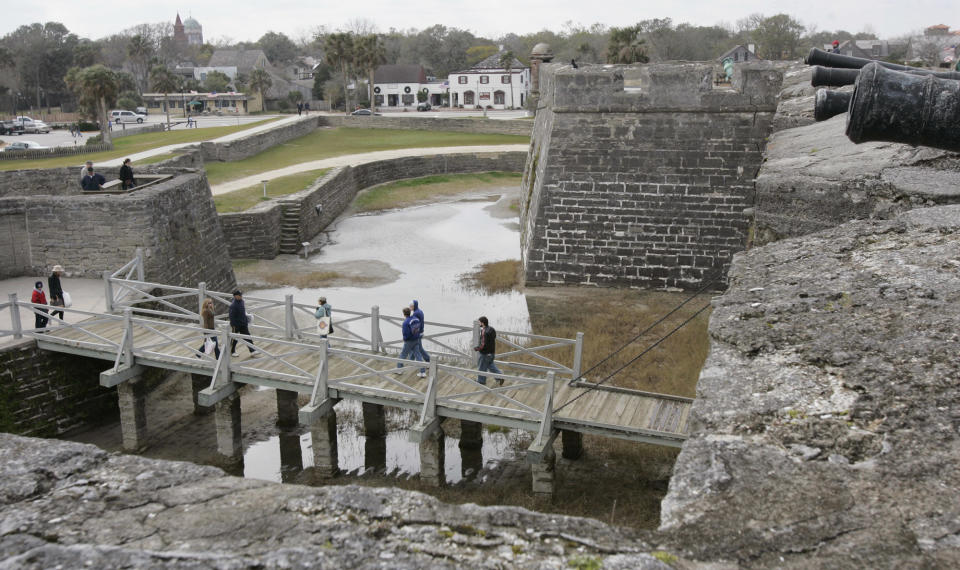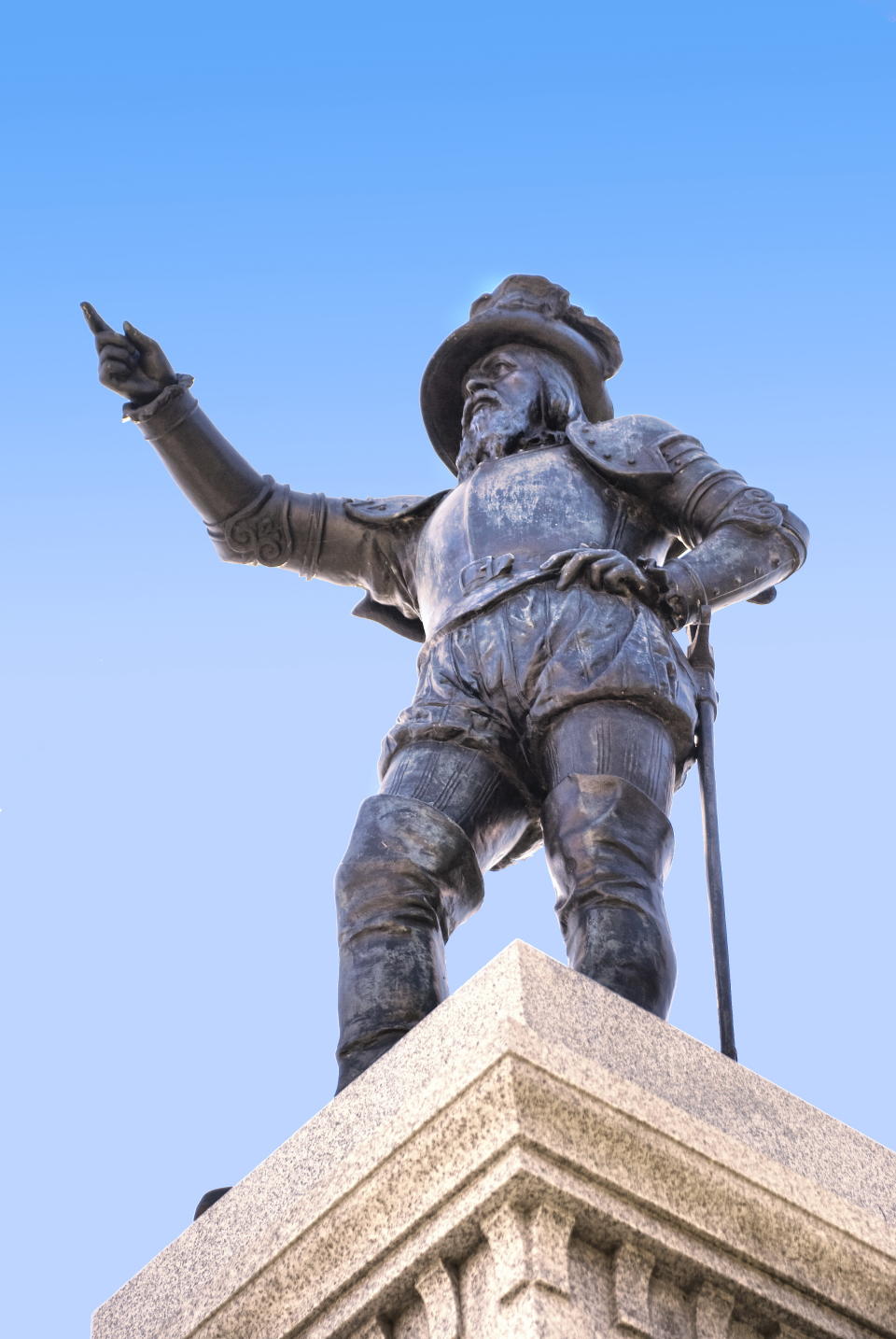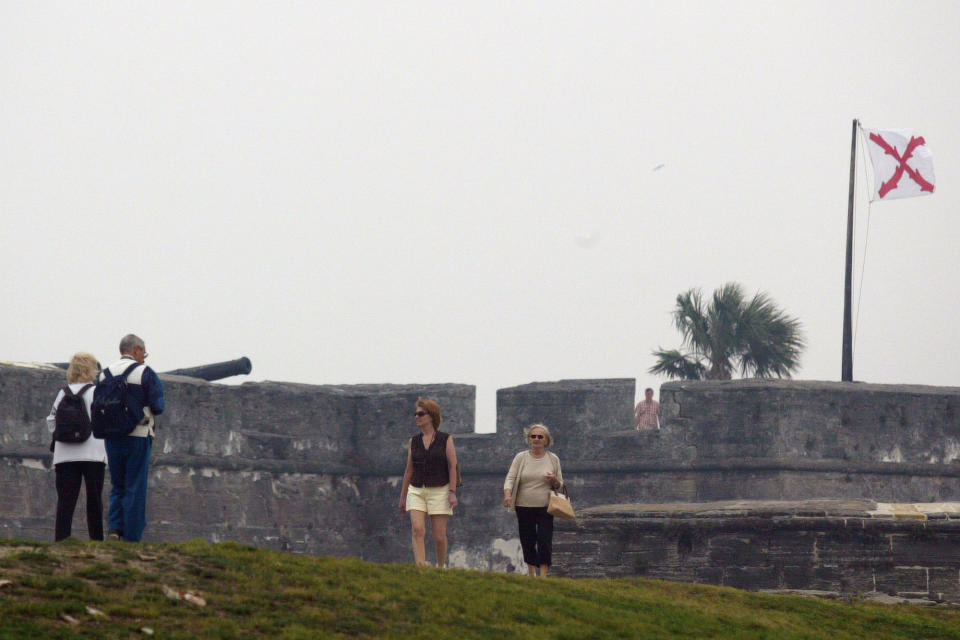Florida celebrates its Spanish heritage in 2013
MIAMI (AP) — When Juan Ponce de Leon searched for riches in Florida, he unknowingly helped turn the Sunshine State into the first travel destination in the United States.
In April 1513, the Spanish monarchy contracted the explorer to find another island off of Cuba that was rumored to have great riches. Instead he landed in Florida and named it "La Florida," after the "feast of the flowers" during Spain's Easter celebrations.
Five centuries later, the state is celebrating its Spanish heritage with a series of events throughout 2013.
"It was always seen as an exotic place," historian Dr. J Michael Francis said of Florida. "That's something that Florida tourism continues to market on some level."
Although Florida's history dates back more than 12,000 years with Native Americans, the statewide campaign "Viva Florida 500" will highlight the start of a new era with de Leon's adventurous voyage to the New World.
"He was the first visitor to the United States," said Will Seccombe, president and CEO of Visit Florida, the state's official tourism marketing corporation. "That's 500 years of explorers and they kept coming back."
Tourism is Florida's No. 1 industry, responsible for welcoming 87.3 million visitors in 2011, according to state official estimates.
Many visitors may know Florida mostly for its 825 miles (about 1,330 kilometers) of beaches or as the theme park capital of the world, but the "Viva Florida" campaign is designed to broaden their outlook, Seccombe said. The state will host 150 celebrations that "highlight cultural diversity and the art culture history that makes up the fabric of our communities."
After de Leon's visit, European settlers colonized in present-day St. Augustine, the nation's oldest city. Visitors to the city can find many references to the Spanish colonial era, from the massive Castillo de San Marcos fort that protected the city from attack, to the colorful Spanish architecture and narrow streets. (Full-scale replicas of Ponce de Leon's flagship will visit the city in April).
De Leon probably wasn't the first European to set foot in Florida, and there is even debate on where he landed exactly: Melbourne Beach, St. Augustine or South Ponte Vedra Beach. But all of these suggested spots are based on fairly tenuous documentation.
"It's unlikely we will ever know the precise landing spot," said Francis, Hough Family Chair of Florida Studies at the University of South Florida in St. Petersburg, Fla. "There is no archaeological footprint. No logbook. And even if found, there's no guarantee we would even know from that."
The commemoration, he said, is not about pinpointing the Spanish legacy but about rediscovering "and maybe even discover for the first time Florida's colonial history."
Francis also wants to set the record straight about the search for eternal youth: There is no mention of the Fountain of Youth in de Leon's contracts with Spanish crowns or in his own writings, Francis said.
"Over time that story became more embellished," Francis said. "What started as a myth ended up in the writings of later historians and chroniclers as history."
But the legend lives on in Florida's 700 natural springs and with spas, health resorts and yoga retreats.
Kicking off the 2013 celebration of European discovery was "La Gran Naranja" or the "Big Orange" drop — a 35-foot LED neon orange LCD descending from the side of a downtown Miami hotel on New Year's Eve. The word naranja comes from the sweet Valencia orange the Spanish introduced to America, later becoming Florida's official state fruit.
Throughout the year, 150 events across the state will mark the anniversary: Drive the Spanish Heritage Trail. Dive on historic shipwrecks. Tour a Spanish basilica and mission village. Visit orange groves and cattle ranches. Taste the flavors of Florida. Other events will include plenty of festivals with re-enactments and other things to do in addition to visiting the beaches and theme parks the state is famous for.
___
Online:
Viva Florida 500: http://www.fla500.com and http://www.vivaflorida.org



